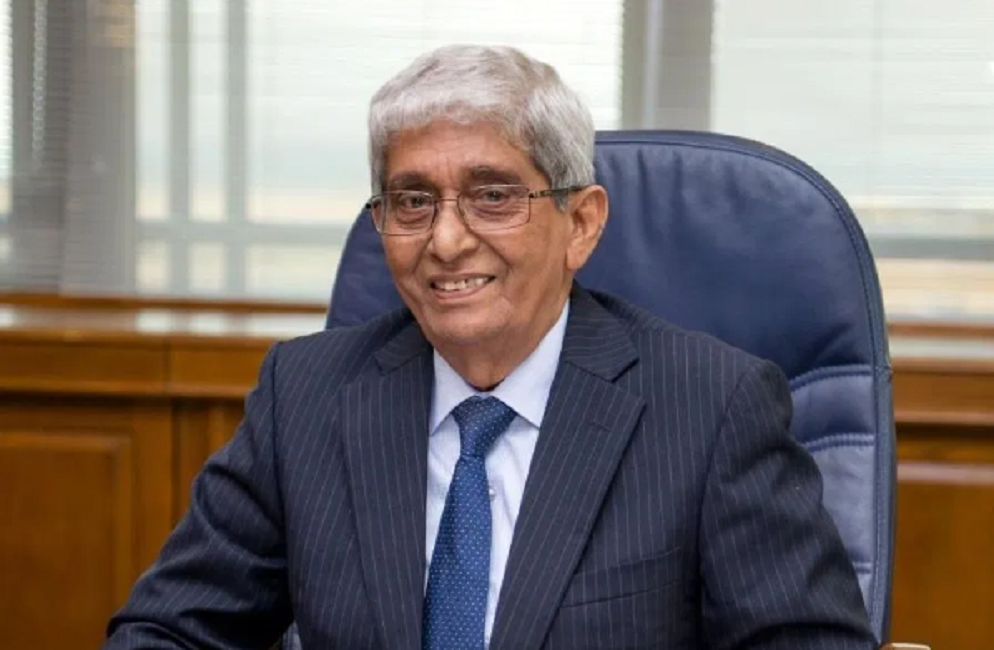Sri Lanka’s economy is managed through new policies in an ‘alternative way’, Central Bank Governor Prof. W.D. Lakshman said, rejecting economic experts' claim of fiscal and monetary setback in the second quarter of 2020 which predicted a doom and gloom situation for 2021.
The alternative policy which is currently being implemented has come under criticism based on a political or ideological basis, he noted.
He was presenting a rosy picture of the economy at a media conference in Colombo today (11).
It was important to have a positive view, he said. A pick-up in business confidence has been seen in the purchasing managers’ index.
“It is important to note the government’s determination to move away from the, so far, heavy dependence on imports for foodstuffs,” he said, pointing out that Sri Lanka was now using limited closures of areas instead of national lockdowns and business activities have picked up with people starting to move around.
Tourism, which was the most badly hit industry, was also picking up, he disclosed, adding that the government was moving towards a mass vaccination campaign which would also help.
Sri Lanka was expecting gross domestic growth of 5.5 to 6.0 percent in 2021, recovering from a 3.9 percent contraction in 2019. Per capita GDP is expected to be USD 4,000.
Sri Lanka is targeting inflation of 4-6 percent in 2020. Private credit is expected to grow by LKR 850 billion.
Year end gross official reserves were targeted at USD 5.5 billion. Negotiations were underway with multilateral lenders, and foreign central banks as well as commercial banks to get credit and swaps, details of which would be announced as they are finalised, he said.
The foreign share of central government debt was expected to fall to 35 percent in 2021 according to central projections.
Exports are targeted at USD 13 billion, with apparel at USD 6 billion, tea at USD 1.5 billion, gem and jewelry at USD 1 billion.
Imports are expected to be USD 17 billion while IT/BPP is expected to be USD 1.75 billion and tourist earnings at USD 1.75 billion.
Worker remittances would be around USD 7.5 billion and foreign direct investments would be about LKR 2.0 billion. Port city lease sales would bring in an additional USD 1 billion.
For the first time in decades, Sri Lanka had recorded a surplus in the current account for part of 2020, he noted. Merchandise exports have recovered in December 2020 from the impact of the second wave of the COVID-19 pandemic in the country.
Merchandise imports continued to decline on a year-on-year basis supported by the continuation of restrictions on non-essential imports and comparatively low global oil prices.

Leave your comments
Login to post a comment
Post comment as a guest